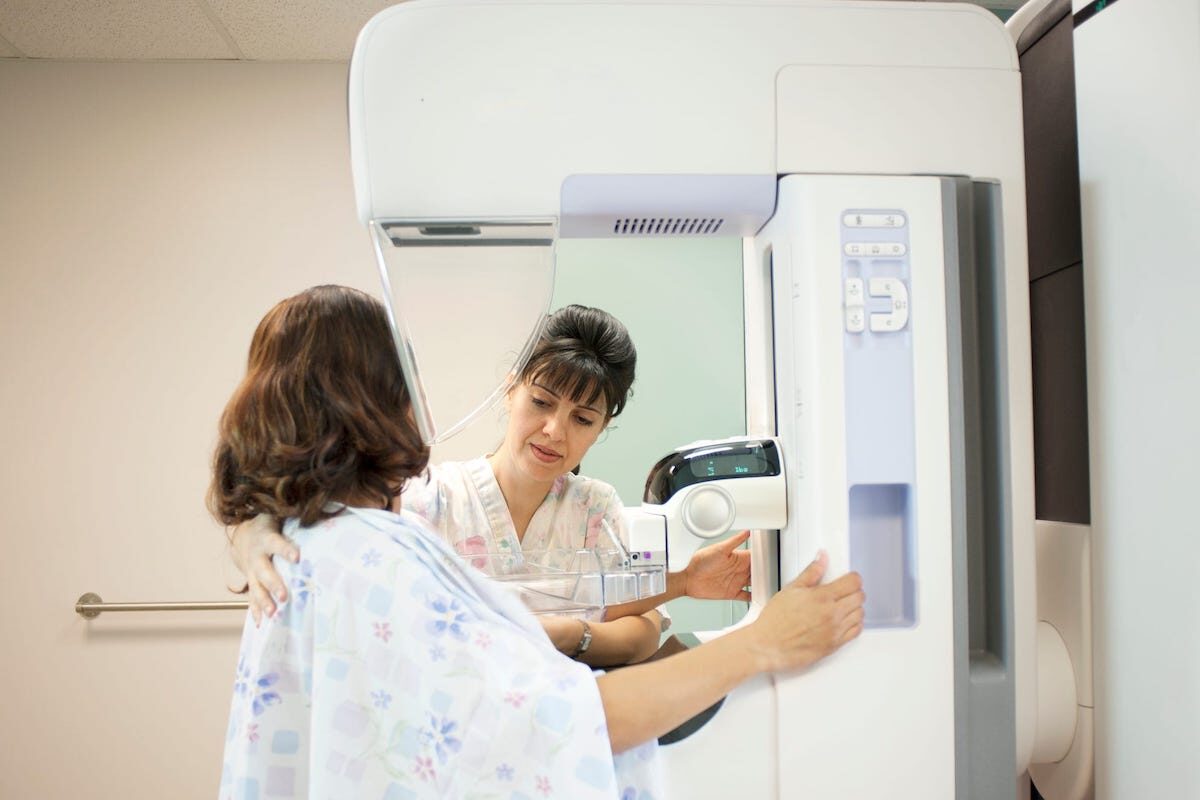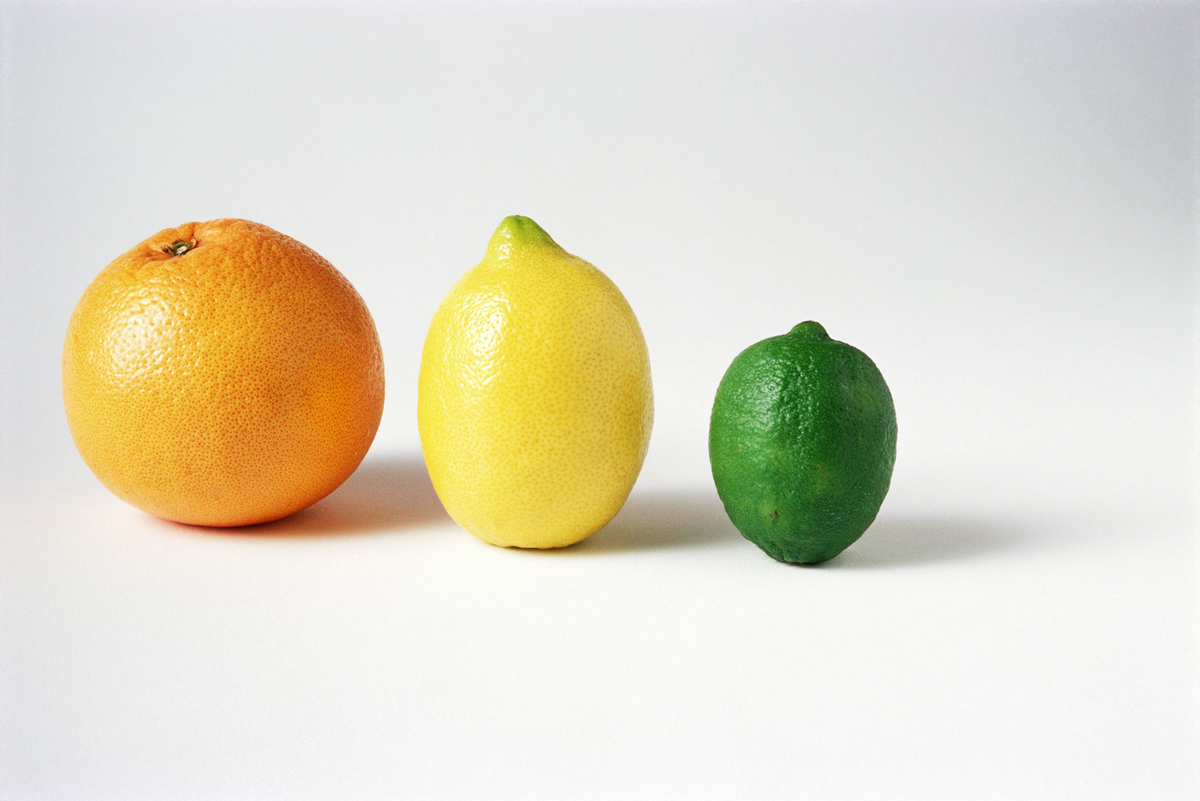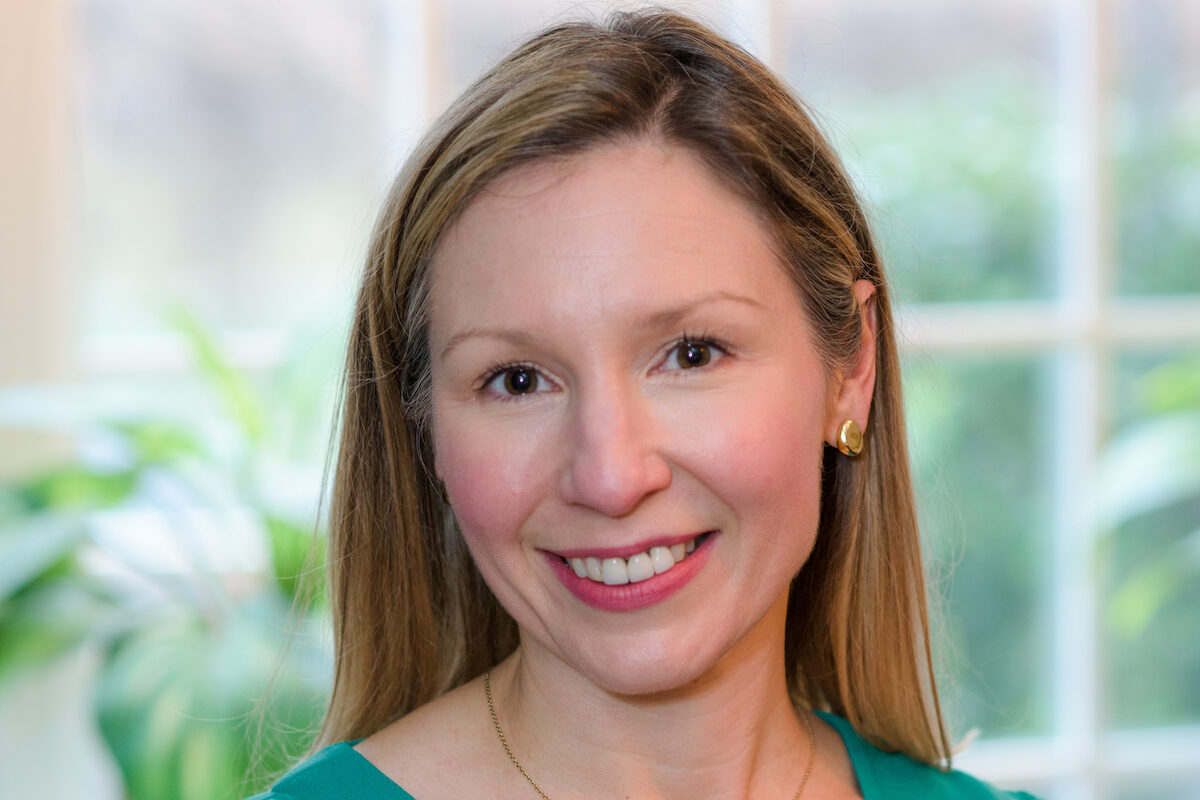I don’t know about you, but I entered my 40s with so much optimism. I had spent my 30s building my career and pregnant or caring for very tiny humans. At 40 I had an established career and all my kids were out of diapers (mostly). Sure, I had a little gray hair, but I felt healthy. And perhaps most importantly, I felt comfortable in my skin!
Two or so years into my midlife nirvana, a few changes started to sneak in. It felt like I was always getting my period. I was sometimes waking up in the middle of the night for no reason. I was getting searing headaches every time the weather changed and on the second day of my period. I suspect my family would also tell you that, at times, I was quite a bit more . . . irritable.
Despite a medical degree and several years of advanced training, I was mystified. Was this perimenopause already? At my annual visit, my gynecologist told me I was not in perimenopause, “but, well, you are in your 40s now.”
I am in my 40s (47, if you’re curious), but I am also an endocrinologist. I spend my workdays talking to people about their hormones and helping them understand how those hormones are impacting how they feel. How could my own hormonal changes sneak up on me like that?
Once I got over my surprise, I started talking to my patients in their 40s to prepare them for these changes that can catch us by surprise. Pediatricians are great at previewing for parents what is coming next for their kids developmentally. I find that adults can benefit from this same kind of preview. It’s easier for my patients (and me!) to navigate hormonal changes when we understand them and can anticipate what’s coming. With that as the goal, let’s discuss our hormones in our 40s — or the late-reproductive stage.
What (and when) is the late-reproductive stage?
There are times when we expect hormonal shifts. Our reproductive lives are bookended by puberty and menopause. We discuss those changes often because they are definitive and dramatic — a first period is something many of us remember clearly. But (roughly) between ages 13 and 53, our hormones are changing in more subtle ways.
Much of what we know about female hormonal changes comes from longitudinal studies, studies that enroll large numbers of participants and then follow them over many years with surveys, lab tests, and other measures to better understand typical biological changes over time. This type of data is helpful because we can see a wide range of women and see clearly the trends in hormones within a woman.
The Seattle Midlife Women’s Health Study is one such study that has been key in characterizing the late-reproductive stage. It enrolled 508 mostly white women and followed a number of health parameters in participants for up to 23 years. Data from 184 of those women who were not taking any hormones found that the earliest changes in cycle flow and length most often occur between ages 40 and 44 but that there is a lot of variability.
Based on data from that and another longitudinal study, the Study of Women’s Health Across the Nation (SWAN), and others, the Stages of Reproductive Aging Workshop + 10 (STRAW + 10) Collaborative Group met in 2012 to develop universal definitions for the stages of a typical female reproductive life cycle. The late-reproductive stage is sandwiched between our peak reproductive years and early menopause. STRAW + 10 defines it as a time when menstrual cycle length and flow change but periods still occur regularly.
More specifically: according to these definitions, the late-reproductive stage ends and early menopause begins when menstrual cycles become longer than 35 days or vary more than seven days from one cycle to the next. For example, your cycle might go from a regular 24-day cycle in the late-reproductive stage to a 35-day cycle and then a 27-day cycle and then a 40-day cycle in early menopause. These changes occur most frequently between the ages of 45 and 49 but can be as early as age 40 and as late as ages 50 to 54.
Further confusing matters, the Seattle Midlife Women’s Health Study found that only 39% of participants progressed linearly from one stage to the next over a four- to seven-year period; 48% of study participants seesawed back and forth between the late-reproductive stage and early menopause.
The upshot: You can expect a lot of changes in your menstrual cycle in your 40s. The changes of the late-reproductive stage are characterized by regular but shorter cycles. The changes of early menopause are characterized by long and variable cycles.
Why does your menstrual cycle change in your 40s?
Your menstrual cycle changes in the late-reproductive stage because of changing hormone levels. (Bear with me while we get a little technical.) In a normal menstrual cycle, follicle-stimulating hormone (FSH) from the pituitary gland stimulates the ovary to produce estrogen to build the uterine lining and mature an egg. Mid-cycle, luteinizing hormone (LH) from the pituitary gland spikes, along with FSH and estrogen, triggering ovulation. After ovulation, progesterone rises. If the egg isn’t fertilized and implanted in the uterus, progesterone then drops. Dropping progesterone triggers a menstrual period.
In the late-reproductive stage, fewer eggs remain, and they are typically of lower quality. More FSH is needed to mature eggs, which drives estrogen higher and leads to earlier ovulation. Old eggs simply need more juice to get ready for ovulation. Progesterone levels are also lower.
These changes are important because they can have big impacts on how you feel throughout your menstrual cycle. Higher estrogen levels before ovulation can build a thicker uterine lining, which will lead to heavier menstrual bleeding when it sloughs off. It can also cause more breast fullness and tenderness.
Earlier ovulation and lower progesterone can lead to shorter menstrual cycles — sometimes just 21 days from the first day of one period to the first day of the next. Bigger drops in estrogen around ovulation and the start of a menstrual period can cause changes in mood, irritability, headaches, sleep disruption, and hot flushes and night sweats.
When should you see a doctor?
Given all this variability, how do you know when you should consult with your doctor? The following symptoms should prompt a visit to your gynecologist:
- Cycles that are less than 21 days from the first day of one period to the first day of the next
- Cycles that are longer than 35 days from the first day of one period to the first day of the next, or skipped periods if you are under age 45
- Any symptoms that are impacting your day-to-day functioning, including heavy menstrual flow, changes in mood, hot flushes, night sweats, sleep disturbance, or headaches
Abnormally long or short cycles may not be related to your reproductive stage at all. Other hormonal changes, such as hypothyroidism, may be the culprit and may need to be treated.
If symptoms are related to the hormonal changes of the late-reproductive stage, they can be treated individually — for example, I started taking a magnesium supplement at bedtime to prevent headaches. And in many cases, hormonal contraception (including birth control pills and progestin-eluting IUDs) can be safely used to alleviate a host of symptoms at once, from heavy bleeding to changes in mood to hot flushes.
Hormonal changes and the progression toward menopause are inevitable. Armed with information — and perhaps some strategies for symptom management — we can still enjoy all the great things about being this age.
The bottom line
- There are a lot of changes in your menstrual cycle in your 40s, and the exact cycle lengths and age of onset vary from person to person.
- The late-reproductive stage takes place between the peak reproductive years and early menopause, and is characterized by regular but shorter cycles. The changes of early menopause are characterized by long and variable cycles.
- The menstrual cycle changes in the late-reproductive stage are due to changing hormone levels, which can have a big impact on symptoms.
- If you are experiencing cycles that are abnormally short or long, miss your period and are under the age of 45, or have any symptoms that are impacting your day-to-day functioning, you should consult with a doctor.















Log in
Something that I would love to see addressed is what happens to one’s cycle when one has kids in one’s late 40s and later. I’ve started HRT because of my age but have no idea where my cycle would be because I’m breastfeeding. I know there’s a significant demographic of women in this position.